Planting seeds of tuberous begonia and recommendations for their cultivation
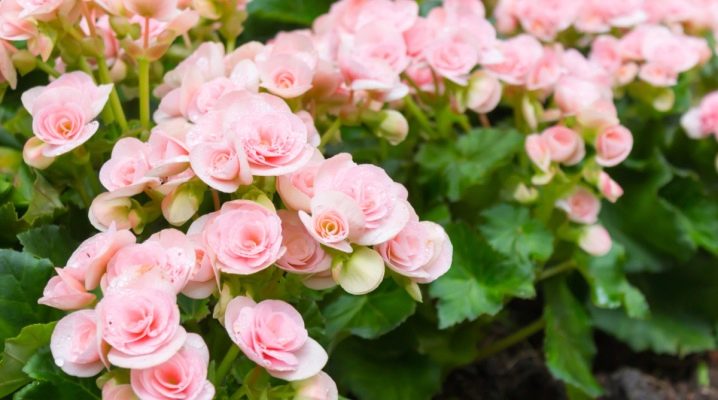
Today there are more than 400 varieties of tuberous begonias. This is a very beautiful plant that amazes everyone with its unusual flowering. Some of the plants are quite lush, somewhat reminiscent of roses, and some are distinguished by very modest small flowers, but at the same time with unusually beautiful foliage.
When is the best time to sow?
The popularity of tuberous begonias is growing more and more, and gardeners are trying to propagate it in different ways. This can be done using cuttings and using tubers. However, the most common option is to grow this plant from seeds. In this case, you can get a flower that will have all the "parental qualities".
Experts recommend planting tuberous begonia seeds in winter. The most favorable time is January or February.
If the owners plan to plant the grown beauties directly in the garden, then sowing seeds is best in the last days of February. After all, if you do this earlier, then by May, when it will be possible to plant the plants in open ground, the seedlings will be too large. Sometimes such babies simply die after transplantation.
Those who plan to breed begonias in order to store them in greenhouse or indoor conditions need to know that they sprout quickly enough, so it is worth working with seeds in early December. This will help to get a healthier plant, and by autumn it will have formed a powerful tuber, the diameter of which can grow up to 3 centimeters. If you sow seeds at the end of winter, then the tuber formed by autumn will be very small, up to 1.5 centimeters. With it, the plant may simply not survive the winter.
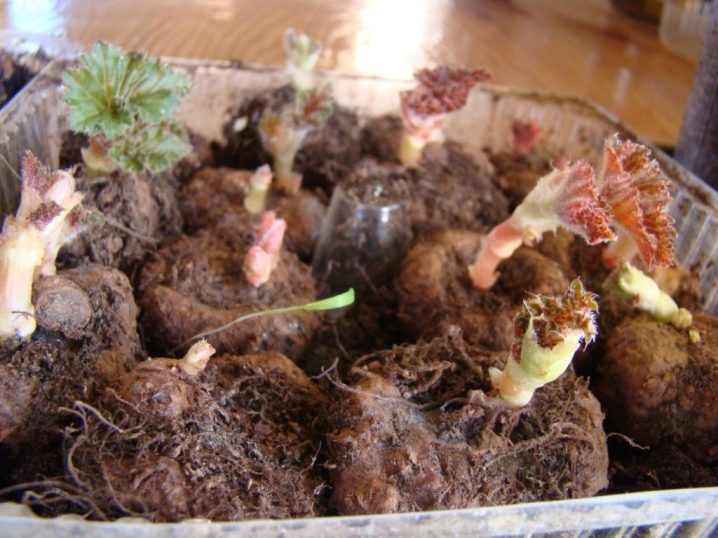
Preparation
If we talk about growing begonias from seeds, then this is quite hard work that requires a lot of attention from a person, as well as effort. It is imperative to take care not only of the planting time itself, but also to prepare the planting material for sowing. In this case, it is necessary to comply with all agrotechnical rules. Only in this case the grown seedlings will be healthy and beautiful.
The seeds can be bought at any flower shop or simply ordered online, where there are many purchase offers. However, some gardeners try to grow them themselves. So you can get a plant with those flowers that you like the most.
The seeds of a tuberous begonia are very small and difficult to see without a magnifying glass. The fruit, where they are located, is a completely small box. Its size does not exceed 2 centimeters, however, it contains about a thousand seeds.
In addition, you need to know that begonias that have double flowers can only give seeds as a result of artificial pollination. To implement it, you will need to transfer pollen from male flowers to female flowers. It is collected from stamens. Often in the rather dense "terry wilds" it is not possible to find male flowers, as they turn completely into petals. This usually happens only with the very first inflorescences, all subsequent ones will have pollen on the inner edges. You can assemble it using a regular paint brush. After that, the pollen must be carefully transferred to the female flowers. This should be done at least 3 times a day for 3 days.
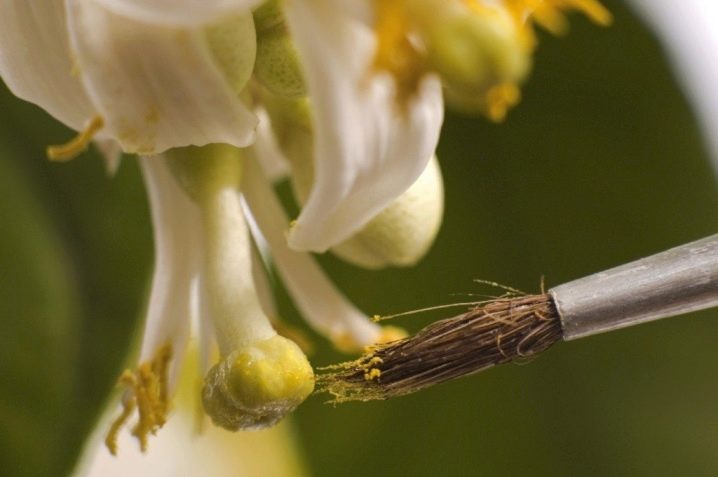
If, as a result of a well-done work, pollination has turned out, then the seed capsule of the begonia will not disappear, but will continue to form. Ripening of seeds lasts for 1.5-2 months. In many ways, it depends on the temperature indoors or outdoors, as well as the length of the day. If the plant is on the street, then with a cold snap, the begonia must be brought indoors so that the seeds can ripen faster.
After the seed pod changes color and acquires a brown tint, it must be cut off and stored in paper. When the seeds are fully ripe, they can be used for their intended purpose.
If you want to get only terry beauties in your collection, then they do not need to be planted near plants with simple flowers. When planting a plant outdoors, you need to know that begonias next to simple flowers produce a large amount of pollen. It can be carried not only by bees, but also by birds, which means that it can get on terry begonias, and the plant will turn out to be ordinary as a result.
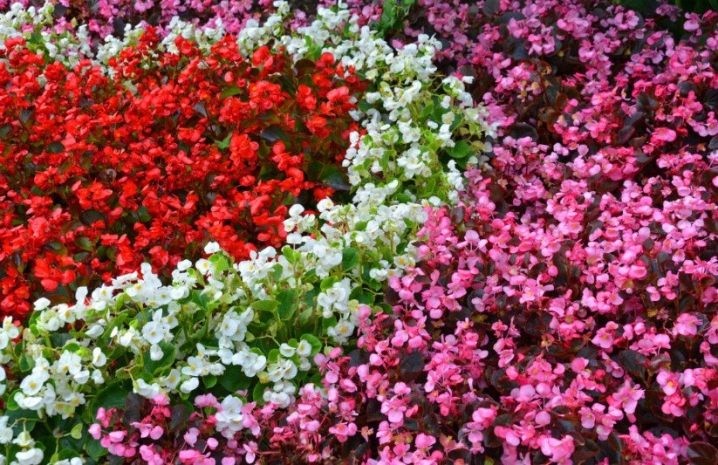
When preparing for sowing seeds of tuberous begonia, you definitely need to think about a substrate for it. The soil should be slightly acidic, since these plants do not tolerate acidic soil at all. Today, in specialized stores, you can buy soil individually for each plant, so there will be no problems with this. However, if there is no opportunity or time to go to the store, then you can make the substrate at home. To do this, it is necessary to mix deciduous humus, sand, perlite and turf soil in equal proportions.
Both purchased and home-created land must be disinfected. After all, almost all begonias are susceptible to fungal diseases. To carry out this procedure, it is necessary to freeze the substrate. To do this, it must be kept in the cold for some time. When it is completely frozen, it will be ready to use.
In addition, some gardeners simply water the entire substrate very carefully with boiled water. This will help not only disinfect it, but also get rid of possible weeds.
You can also use a manganese solution. To do this, the earth must be watered with a very weak mixture of manganese and put in a water bath for a few minutes so that it is well steamed.
However, there is an even easier option for sowing seeds. To do this, it is enough to purchase special peat tablets and sow begonia seeds in them.
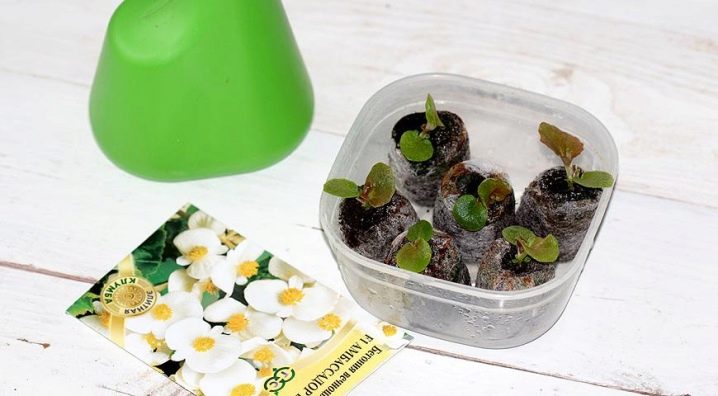
How to land correctly?
Not every gardener knows how to properly plant seeds at home. Begonia seeds are quite small, so to make your job a little easier, you need to mix them with sand. You can simply sow them, or you can press each seed directly into the substrate, which must be moistened first.
After that, the container with the seeds must be covered with thin glass or a thick film. Then it must be transferred to a warmer place, for example, placed near the battery. In this case, the temperature should be in the range of 21-25 degrees. When it is below this indicator, the seeds may not even hatch. The first shoots will appear in 20-25 days.
For those looking to plant seeds for the first time, it is best to use granular seeds, which will be much easier to work with.
In addition, peat tablets can be purchased so as not to damage the root system of young seedlings during transplantation. It is worth considering this process in more detail.
To begin with, the tablets must be placed in a container of water so that they are filled with moisture. When they exceed their volume several times, you can put seeds in the resulting hole. Then the container with the tablets must be covered with glass. After a certain time, the container must be opened and ventilated for some time.In addition, when using granulated seeds, you need to know that it will take a little more time for their growth, since it is necessary to wait until the shell is completely dissolved. You also need to take into account the fact that not all seeds can germinate, so you need to take a little more of them.
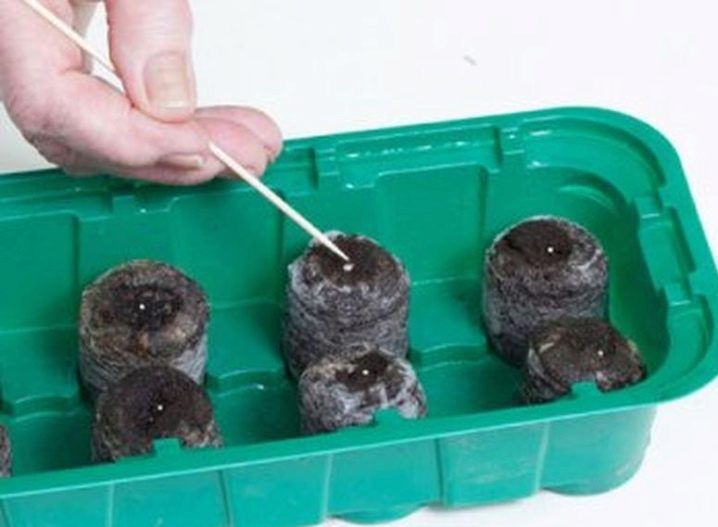
Follow-up care
To grow healthy seedlings, it is equally important to provide the sprouts with follow-up care. In just 2 or 3 weeks, the first shoots will appear. They immediately need to provide a large amount of light so that they do not begin to reach up. To do this, the container with the emerging sprouts should be placed closer to the window and the temperature in the room should be slightly lowered, to about 17 degrees.
When young shoots have 3 or 4 leaves, you can pick them in separate small pots, the volume of which should not be more than 50 milliliters. These can be ordinary plastic cups, at the bottom of which you need to make holes, or purchase small containers in flower shops. It is imperative to place a fairly fertile substrate in them.
When the last plant is finished picking, they all need to be placed back in an impromptu greenhouse. Fresh air training should be done gradually. In addition, at first they need to be slightly protected from direct sunlight. When the leaves of young begonias begin to fall, the "greenhouse" must be covered immediately so that the plant does not completely disappear.
A pick can be carried out up to 3 times, but this procedure must be done very carefully. After the seedlings are completely hardened, and the root system is sufficiently strengthened, they can be transplanted into flowerpots "for permanent residence." Place them on the east side, but you need to protect the leaves from direct sunlight.
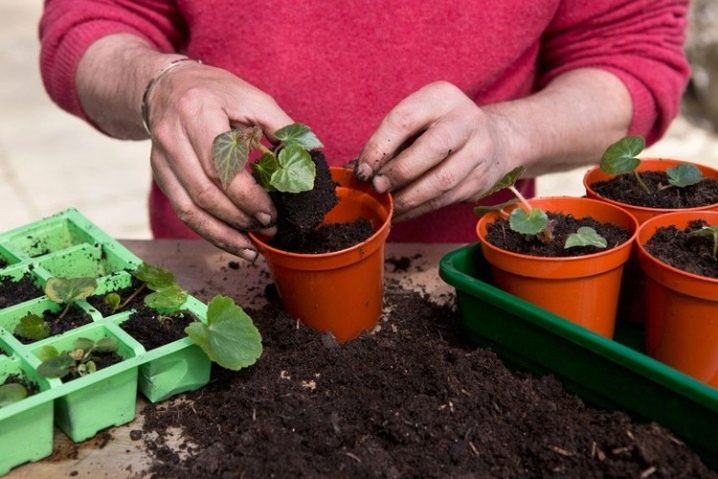
Top dressing
To grow a complete, healthy plant, it is very important to fertilize the begonia. The first feeding is carried out only at the moment when the last pick is made and the plant is transplanted into separate flowerpots.
Fertilizer is most often applied in a complex manner, with an interval of 2 weeks. This will allow the plant to not only look healthy, but also significantly increase flowering.
It is best to apply fertilizers that contain both potassium and phosphorus. But by making top dressing with nitrogen fertilizers, you can only achieve leaf growth.
In addition to chemical fertilizers, you can try using folk remedies. For example, using ordinary yeast for feeding, you can achieve the same effect as when treating with phosphorus or nitrogen fertilizers. To do this, it is enough to dilute 1 gram of yeast in 1 liter of water and add 1 teaspoon of granulated sugar. When it is infused for 3 hours, it is diluted with water in a ratio of 1: 5 and the begonia is watered. Such feeding is done no more than 5 times a year.
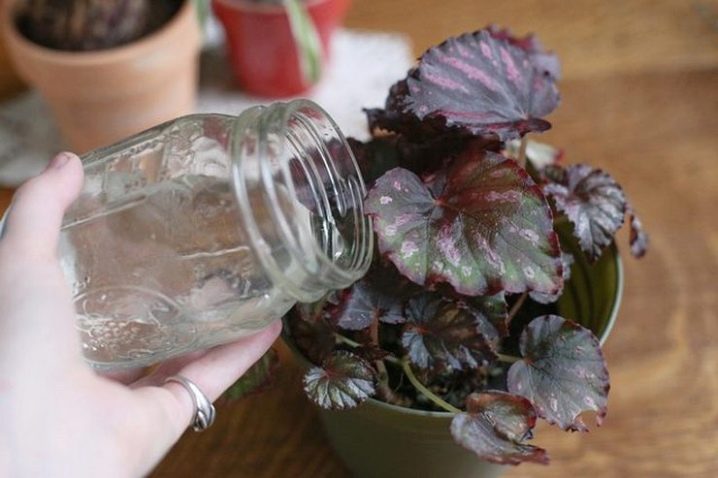
Watering
When germinating seedlings, the land must be constantly moistened. However, it is still not worth zealous, because the roots can fester. If the seedlings are grown in tablets, then watering must be carried out through the pallet. It is imperative to make sure that they do not dry out.
Subsequent watering is carried out depending on the season. So, in the summer, you need to do it every other day, but in the winter it will be enough once a week. The water must be soft and warm.
Summing up, we can say that you can even grow begonias from seeds at home. The only thing she needs is good care.
































The comment was sent successfully.